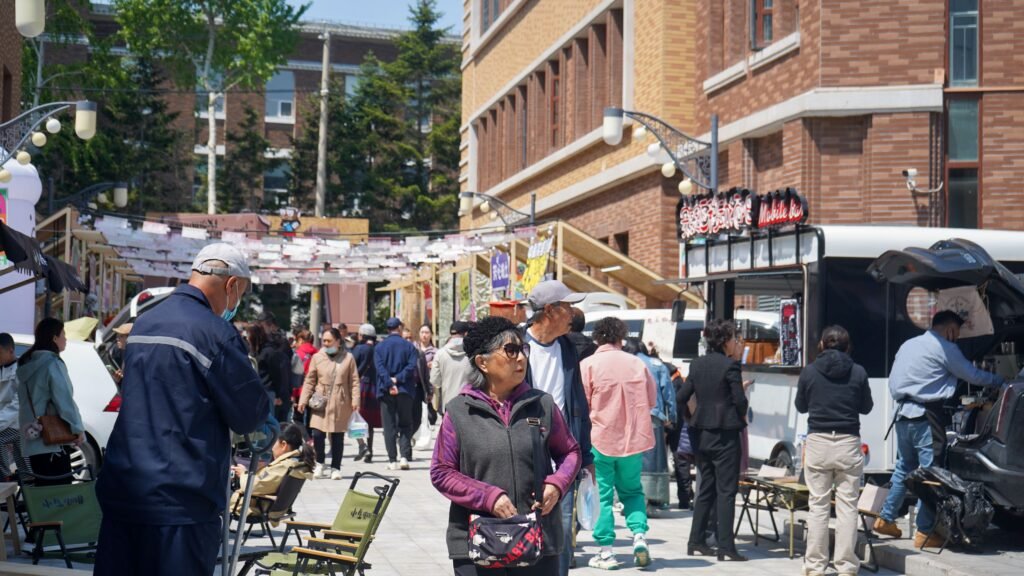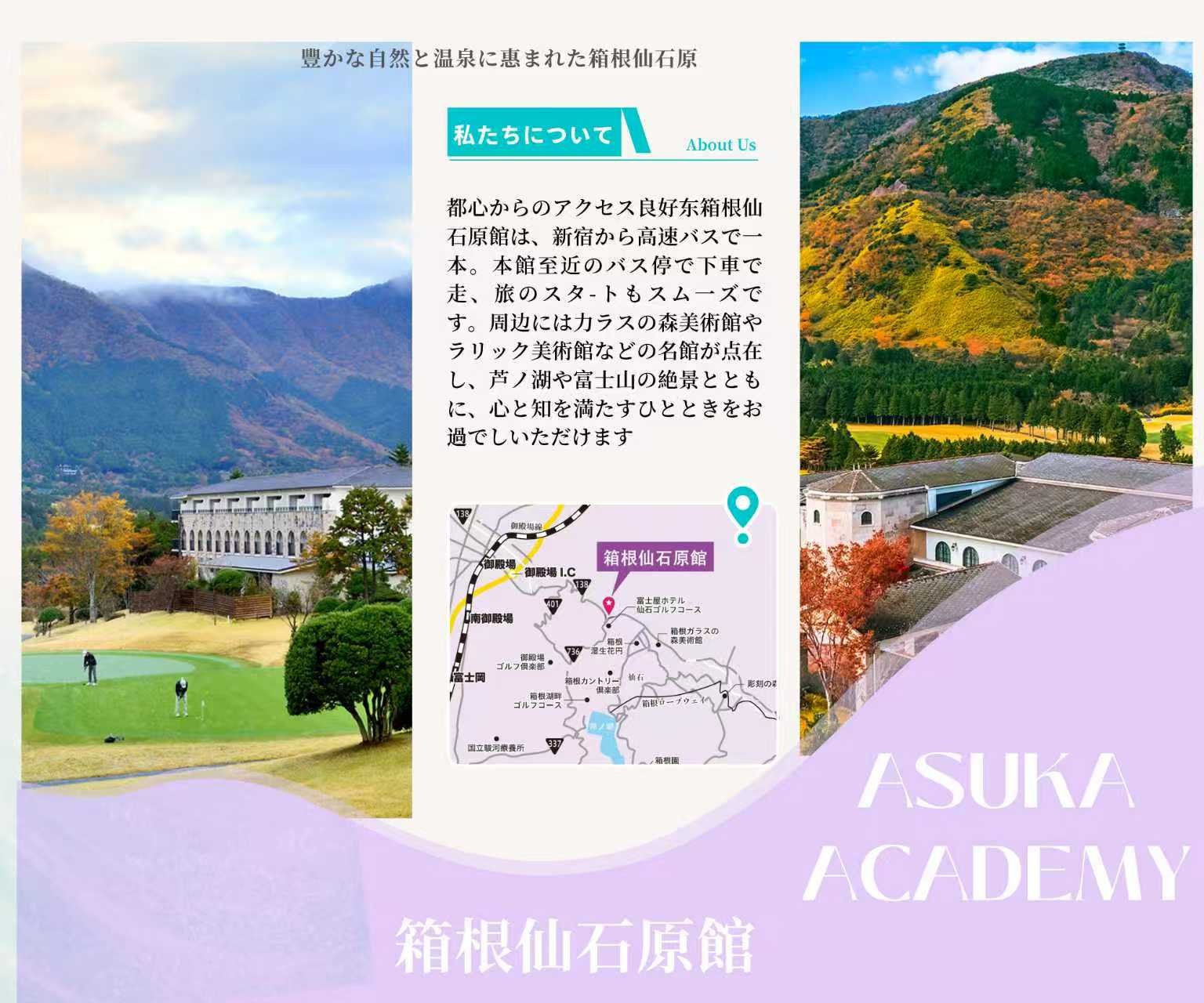Buildings with tiled roofs, blue-brick pathways, angular facades, and retro decorations—all harmoniously restored—are breathing new life into a place that echoes with history. The Beijing West Street Historical and Cultural Block in Changchun, Jilin Province, originally built in 1907, has been brought back to life, showcasing the city’s rich architectural heritage. As part of efforts to promote urban renewal and integrate culture with tourism, this area has transformed from an old neighborhood into a cultural landmark. During the May Day holiday in 2024, the district attracted more than 100,000 visitors daily, surpassing 500,000 in five days, making it one of the most popular cultural tourism spots in Changchun.

As Changchun’s first officially designated historical and cultural block, the Beijing West Street area (approximately 45,000 square meters) preserves the eclectic architectural landscape of a century-old heritage. Through a combination of restoring 17 historic buildings and constructing 9 new ones, the district maintains its historical character while incorporating modern fashion elements. Cafes, bookstores, art galleries, and creative markets line both sides of the street, forming a diverse cultural consumption space and breathing new vitality into the century-old street.
Even after the holiday, the area’s popularity remains high. Tourists continue to take photos with interactive installations like the “Wall of Changchun” and ride retro bicycles in front of the “Post Office Café,” reliving nostalgic memories. Cultural and creative products themed on local cultural symbols such as “ice and snow” and “film” are well-received, highlighting the revival of local IP and its resonance with youth culture.
Currently, the Kong Art Museum is hosting an exhibition of pop art icon Andy Warhol, which will continue until late July and has become a popular destination among young people. Meanwhile, the “Fei Bixuyao” Coffee Market operates every Friday to Sunday, offering a variety of content including bakeries, craft beer, and creative goods, blending the old-time ambiance of Changchun with contemporary cultural experiences.
Other notable landmarks, such as the massive daruma installation “Qin Bu Dao (Unshakable Zither)” and the “Time Plaza” recreating the 1980s, are now open to the public. These spaces serve as urban memory sites that bridge generations, aiming not only for commercial success but also for fostering a shared urban cultural platform that integrates local and foreign cultures.
Project director Jiang Jie stated that the block is not just a cultural vessel but an extension of life. Embracing the concept of “cultural arts + modern living,” the district strives to balance localization, internationalization, specialization, and livability. Exhibitions like “Welcome to Changchun” and “Century-Old Changchun” focus on local narratives, while international elements such as the Andy Warhol exhibition and street art reflect both cultural depth and contemporary aesthetics.
Operations director Shi Jin described the block as aiming to become an “urban cultural lab without walls,” promoting the management philosophy that “space is content, and scene is consumption.” The team is deepening the dialogue between history and modern life through four pillars: art exhibitions, interactive events, aesthetic spaces, and local cuisine. Future plans include opening the Jilin Modern History Museum and the Zhang Boju Memorial Hall. Residency programs for young artists and the development of an art market are also underway to enhance the city’s cultural vitality.
On December 1, 2024, the “Changchun Historical and Cultural City Protection Ordinance” is set to take effect, establishing a legal framework for the protection and utilization of the city’s historical and cultural assets. As the final year of the 14th Five-Year Plan approaches, Changchun’s cultural tourism industry is embracing new development opportunities. The revitalization of the Beijing West Street district serves as a successful example of breathing contemporary life into a century-old legacy, marking the city’s shift from a traditional industrial base to a culture-driven urban transformation.




